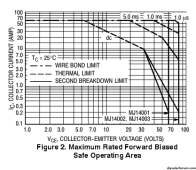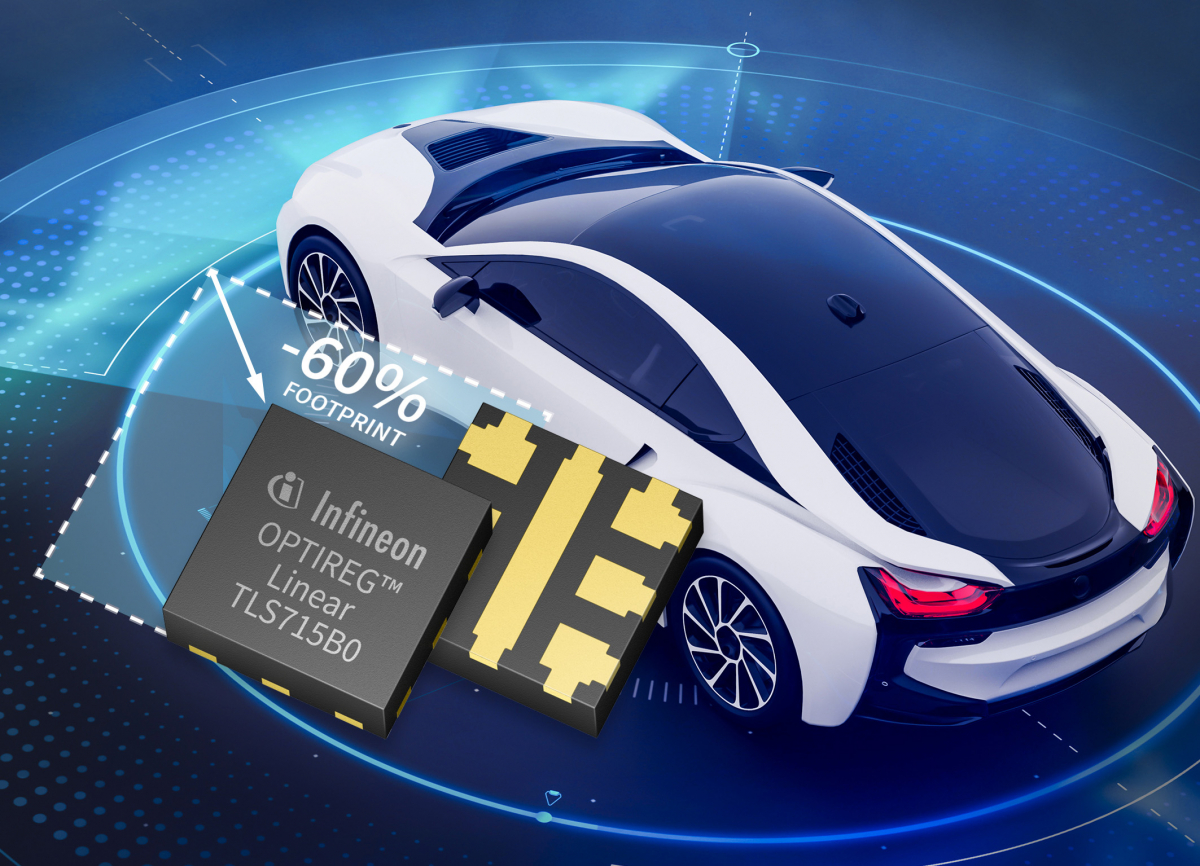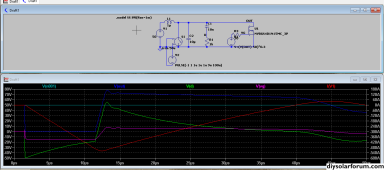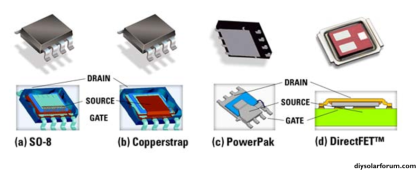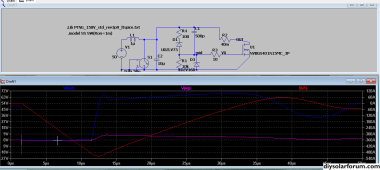It was meant as cost optimization (but as software guys would say - maybe it is premature optimization). It seems you want to stay with 80V fets so I got you want best Rds for given price and not pay extra for 100V.
Both the models you've quoted are 100 V, so I'm a bit lost. I don't really want to stay at 80 V, it's just that cost (or losses) increase a lot if I go for 100 V.
If you forget about efficiency you can get away with two pairs of 3mR fets with wide SOA - enough for on/off event. But as downside you have 270W loss at 300A.
So that solve this second problem with bunch of cheap FETs with decent Rds but with inferior SOA - these are much cheaper.
They are much cheaper because they are 3.3 mOhm Rdson, mine are 1.1, so you would have 3 times the losses.
Given you already have MCU, it cost only one extra driver. But probably I see it in different light as I already have 16 drivers on my PCB.
I ran out of I/O on the MCU ^^ A next version will definitely have one more mux to solve the I/O limitation.



